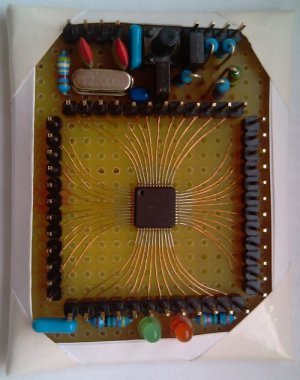MSP Experts,
I am using an MSP430F5529 on a project as a simple UART pass-through to USB for a debug tool for our production product. I am unable to get my device to enumerate properly with the PC.
I have followed the hardware design of the MSP-EXP430F5529LP (as well as slaa457a) and developed firmware based off of the basic CDC code example from the USB developer's package. When I program the LaunchPad, I'm getting the CDC device to enumerate to the PC and am getting successful communications back to the PC. However, when I program my custom board (schematic pictured below), the device does not enumerate, and the subject line is what is displayed for the device within device manager.
I have checked and updated the descriptors.h file (as well as hal.c) for correct XTAL and clock settings overall, and updating this did not change the outcome.
Is there something simple I'm missing here? What could be the cause of the code being able to enumerate on one device but not another? Does the crystal I use for USB have to be 4MHz?



